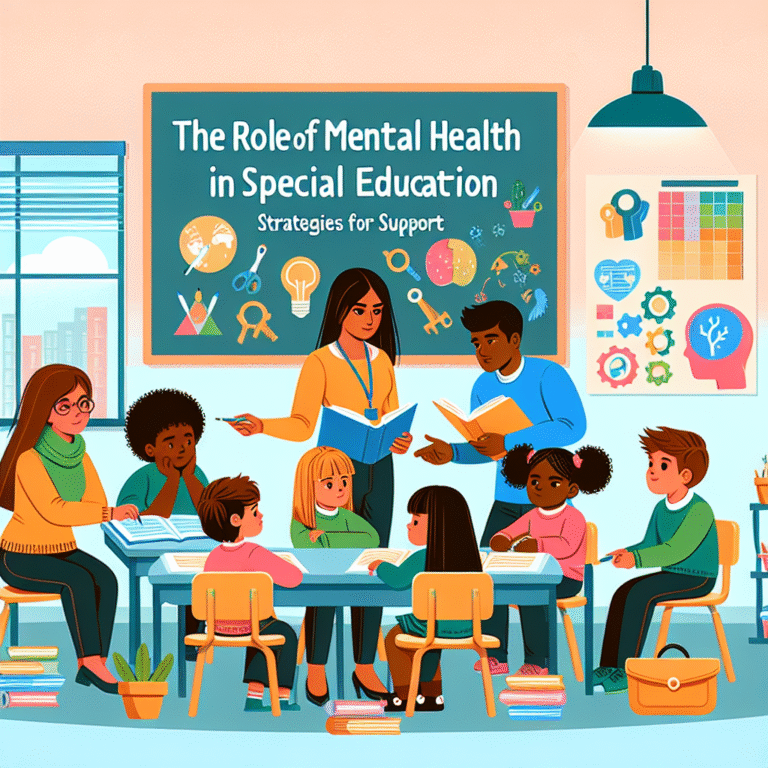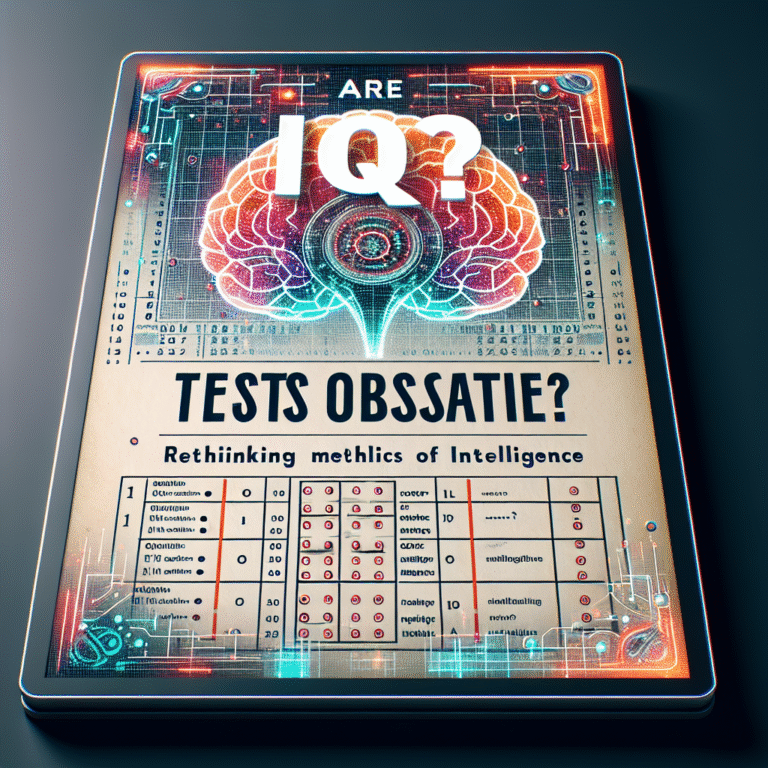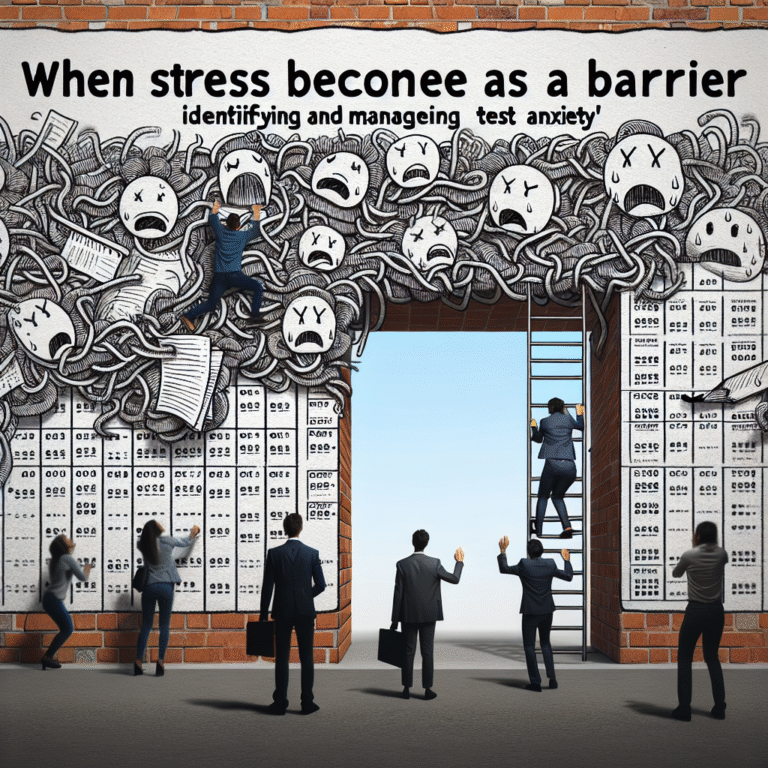
Introduction
In today’s rapidly evolving educational landscape, the pursuit of effective teaching methods has become more crucial than ever. Enter Bloom’s Taxonomy — a revolutionary framework designed to enhance educational outcomes. This comprehensive approach not only defines various levels of learning but also guides educators in crafting engaging, impactful lessons. If you’re passionate about making a difference in your classroom, keep reading to discover why Elevate Your Teaching: How Bloom’s Taxonomy Transforms Education could be your ultimate guide to fostering deeper understanding and retention among students.
What is Bloom’s Taxonomy?
Originally developed by educational psychologist Benjamin Bloom in 1956, Bloom’s Taxonomy categorizes cognitive processes involved in learning. The framework is structured in six hierarchical levels:
- Remembering: The ability to recall facts and basic concepts.
- Understanding: The capacity to explain ideas or concepts.
- Applying: The use of information in new situations.
- Analyzing: The ability to break information into parts and explore connections.
- Evaluating: The capacity to justify a decision or course of action.
- Creating: The synthesis of new ideas and products from learned material.
By structuring learning objectives in this hierarchical manner, educators can tailor their teaching strategies to meet students at various levels of comprehension. This dynamic approach exemplifies how to Elevate Your Teaching: How Bloom’s Taxonomy Transforms Education.
The Importance of Bloom’s Taxonomy in Modern Education
Engaging Diverse Learning Styles
Every student is unique, with different learning preferences and styles, ranging from visual and auditory learners to kinesthetic learners. Bloom’s Taxonomy provides a scaffold for teachers to design curriculum that is diverse and inclusive. By teaching at multiple levels of cognition, educators can engage a broader spectrum of students, helping them to grasp complex concepts in ways that resonate personally.
Transformative Assessment Techniques
Incorporating Bloom’s framework allows for the implementation of varied assessment methods. Traditional tests often focus solely on the "Remembering" level, but by applying Bloom’s taxonomy, assessments can gauge critical thinking and creativity. For example, while a first-level question might ask students to recall facts, a higher-level question could require them to devise a solution to a real-world problem, thereby transforming evaluation into a tool for growth.
Case Study: Real-World Application of Bloom’s Taxonomy
School District Transformation
A particular school district in California adopted Bloom’s Taxonomy to revamp its science curriculum. The teachers were trained to develop lessons that moved students through the taxonomy levels. Instead of merely memorizing scientific facts, students engaged in hands-on projects, such as building models of ecosystems, analyzing data trends, and presenting their findings.
Analysis: This approach led to significant improvements in both student engagement and test scores, illustrating how the application of Bloom’s framework can lead to meaningful transformations in educational practices.
Tables and Charts: Visualizing Cognitive Levels
Implementing tables can clarify how different lesson elements align with Bloom’s taxonomy. For example, a Classroom Activities Table below outlines activities corresponding to various cognitive levels.
| Bloom’s Level | Activity Example | Objective |
|---|---|---|
| Remembering | Flashcards for vocabulary | Recall important terms and definitions |
| Understanding | Group discussions on a novel | Explain themes and character motivations |
| Applying | Laboratory experiments | Use scientific methods to test hypotheses |
| Analyzing | Case studies on environmental issues | Explore cause-and-effect relationships |
| Evaluating | Debates on ethical dilemmas | Justify opinions with sound reasoning |
| Creating | Research projects | Develop new hypotheses based on findings |
This table demonstrates how educators can design activities each step of the way, illustrating the comprehensive approach to Elevate Your Teaching: How Bloom’s Taxonomy Transforms Education.
Implementing Bloom’s Taxonomy in Your Practice
Step-by-Step Guide to Applying the Framework
-
Set Clear Learning Objectives: Define what students should know or be able to do at the end of a lesson. Use action verbs from the taxonomy to express these goals clearly.
-
Design Assessments Across Levels: Create multifaceted assessments that evaluate student understanding at each level of the taxonomy. For instance, a test might include multiple-choice questions for "Remembering" and an essay for "Creating."
-
Differentiate Instruction: Tailor lessons to address various levels of processing. Consider smaller group sessions for deeper analysis and discussions, or hands-on projects to promote creation.
-
Offer Feedback: Provide constructive feedback that challenges students to move to higher levels of thinking. Encourage them to reflect on how they arrived at answers and what they learned in the process.
- Foster a Growth Mindset: Promote a culture where students feel safe to fail and learn, emphasizing that failure is a step toward higher-level thinking.
Case Study: Elevating Teaching in a STEM Program
A STEM program in Maryland applied Bloom’s Taxonomy by integrating technology into its curriculum. Teachers created interactive modules that required students to build circuitry, analyze results, and present their findings.
Analysis: This program highlighted how technology enhanced student interaction with the material, allowing them to transition from basic comprehension to creating their systems, thereby elevating their learning experience significantly.
Feedback from Educators and Students
Educators who have embraced Bloom’s Taxonomy often note marked improvements in both classroom dynamics and student outcomes. Here are some testimonials:
-
Educator Feedback: "By using Bloom’s taxonomy, I notice students are more engaged and willing to participate. They seem to take pride in their ability to analyze and evaluate, not just remember."
- Student Response: "I love the projects we do! They make me think deeply about what I’m learning and even inspire new ideas."
These testimonies underscore the impact of using Bloom’s framework as a tool to Elevate Your Teaching: How Bloom’s Taxonomy Transforms Education.
Conclusion
Bloom’s Taxonomy is more than just a theoretical framework; it’s a transformative tool that allows educators to enhance their teaching strategies effectively. By integrating this approach into the classroom, you can inspire your students to engage deeply with the material, fostering critical thinking skills that will serve them long beyond their time in school.
As you consider how to implement these strategies, remember that the ultimate goal is improved learning outcomes and a more enriching educational experience for your students. So take the leap — start today to Elevate Your Teaching: How Bloom’s Taxonomy Transforms Education and watch your students thrive!
FAQs Section
-
What are the key benefits of using Bloom’s Taxonomy in education?
Bloom’s Taxonomy enhances critical thinking, encourages diverse learning styles, and improves assessment techniques. -
Can Bloom’s Taxonomy be applied across all subjects?
Absolutely! It is versatile and can be tailored to fit any subject or content area. -
How does Bloom’s Taxonomy help in lesson planning?
It provides a structured approach to defining learning objectives and aligning assessments appropriately. -
What is the best way to assess students at higher levels of the taxonomy?
Use project-based assessments, discussions, and real-world problem-solving activities to evaluate higher-order thinking. - Is Bloom’s Taxonomy relevant in distance learning?
Yes, it can be applied effectively in online learning environments by adapting lessons and assessments to fit digital platforms.
By integrating Bloom’s Taxonomy into your teaching practice, you can truly Elevate Your Teaching and transform the educational experiences of your students. Take this pivotal step toward creating an empowered learning environment!


















